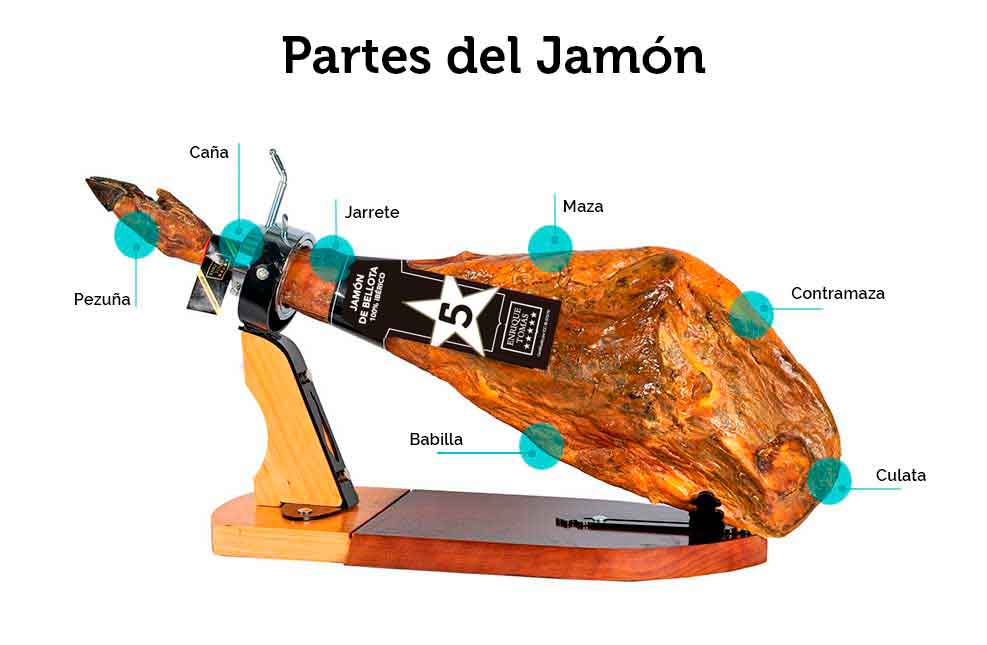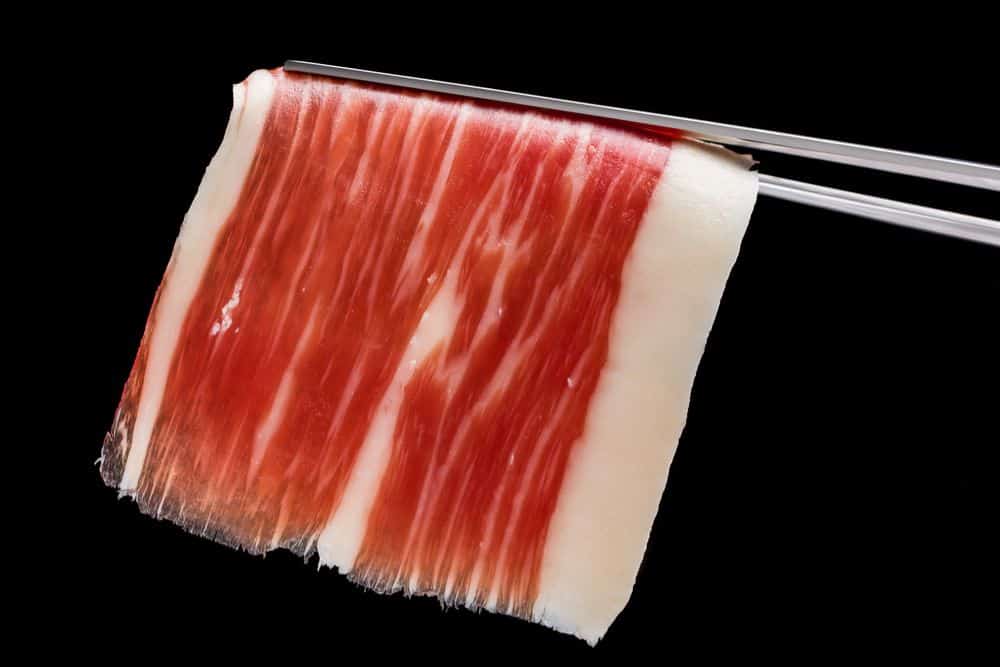
How much does it cost to cut a jamón?
How to carve a ham is always a topic, or rather a subject, that interests our customers who want to learn or improve their carving technique, or simply seek advice before purchasing.
Based on our own experience and because we believe in not just selling our prime product but also educating about everything that surrounds it, like the incomparable delight it is, we are in a position to offer you some tips and guidance on this matter.
The Importance of Proper Knife Carving
Properly carving a ham or a shoulder is essential. Why is it so important? Well, there are several reasons, but let's focus on the main ones: flavor and yield.
Flavor
When we start carving a ham, it's like we're sculpting a piece of art. We make a deep incision in the hock area and begin removing the skin from this area with a boning knife or "puntilla" as we better know it in our sector.
Gradually, we work our way down the maza or babilla depending on the position of the ham, removing the skin and especially the rancid (the yellowish part of the external fat).

As we reach the meat (ham), it's time to switch to a jamonero knife, a star-bladed but long and flexible knife, to slice the prized pieces. The cutting tools are crucial. For a good cut, you need the right and well-sharpened knives.

The perfect slice of ham
The slices should be as thin as possible but not too thin to avoid breaking, and large enough to fit on our palate. The perfect thickness of a slice is when you can see the knife through it as you cut.
The thickness is crucial for experiencing the flavors and aromas fully. When the slice is thin and barely touches our palate, the explosion of flavors and nuances begins. If the slice is too thick, all those nuances will be lost, as our palate can only appreciate them once we start chewing, and it's not the same.

The perfect slice of ham
We invite you to try it out – cut one thin slice and another twice as thick, and you'll think you're eating two different hams from the same piece.
Incredible but true!
Yield
Obviously, if we carve a ham or a shoulder improperly, we won't get much out of it, and it would be a shame not to make the most of it.
A skilled carver with experience can extract much more ham from a piece than any of us, no matter how much of an enthusiast we are. Of course, we know that many of our customers carve wonderfully, and although they aren't professionals, their practice and enthusiasm have given them the necessary skill to maximize their purchase. But if that's not your case, and you've bought a piece, we advise you to have it carved at your trusted store, as it will be worth it both for the taste and the amount you can enjoy.
Carving Prices
The prices applied in all Enrique Tomás stores, including online, are as follows:
Knife Carving (only available in physical stores)
Carving prices for our Enrique Tomás pieces
- An entire shoulder costs 38 euros
- An entire ham costs 48 euros
And if you've purchased your ham or shoulder elsewhere, already started or not, and you want it carved, no problem – you can bring it to us, and we'll be happy to carve it for you, but the prices are different.
Carving prices for external pieces NOT from Enrique Tomás
- An entire shoulder costs 48€
- An entire ham costs 58€
Please note that if you want a carving service in December, it won't be available until after the Epiphany due to the high volume of work. And always call ahead to check availability.
How to Carve a Ham or Shoulder?
As for how to start carving a shoulder or how to begin carving a ham, we have several blog posts and videos that explain and demonstrate the process, so we won't go into detail here.
We'll just mention that in general, the anatomy of the ham compared to the shoulder makes carving easier. The ham has more meat on one side and its bone's less prominent shape than the shoulder's shoulder blade, making the knife more accessible to the parts closest to the bone.





